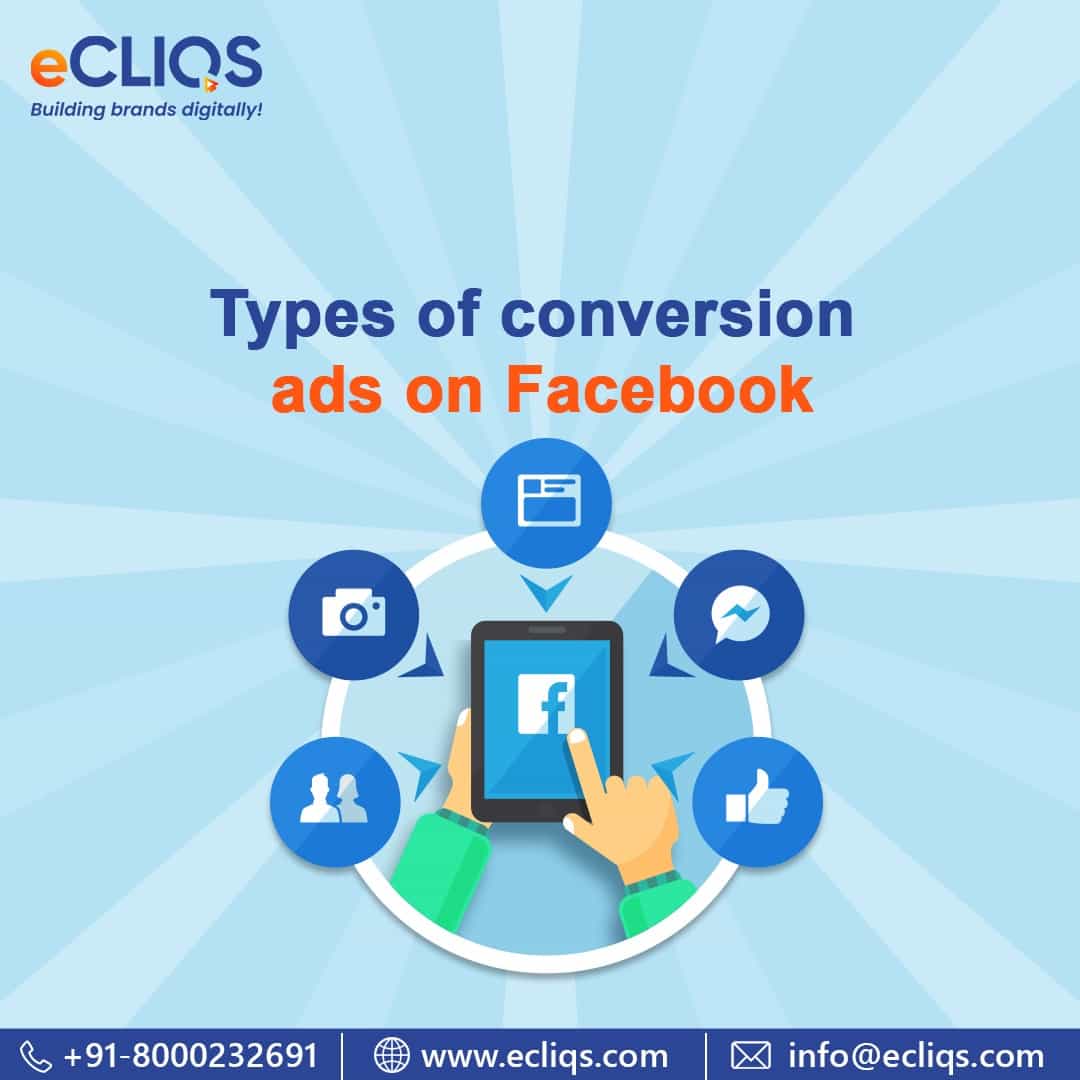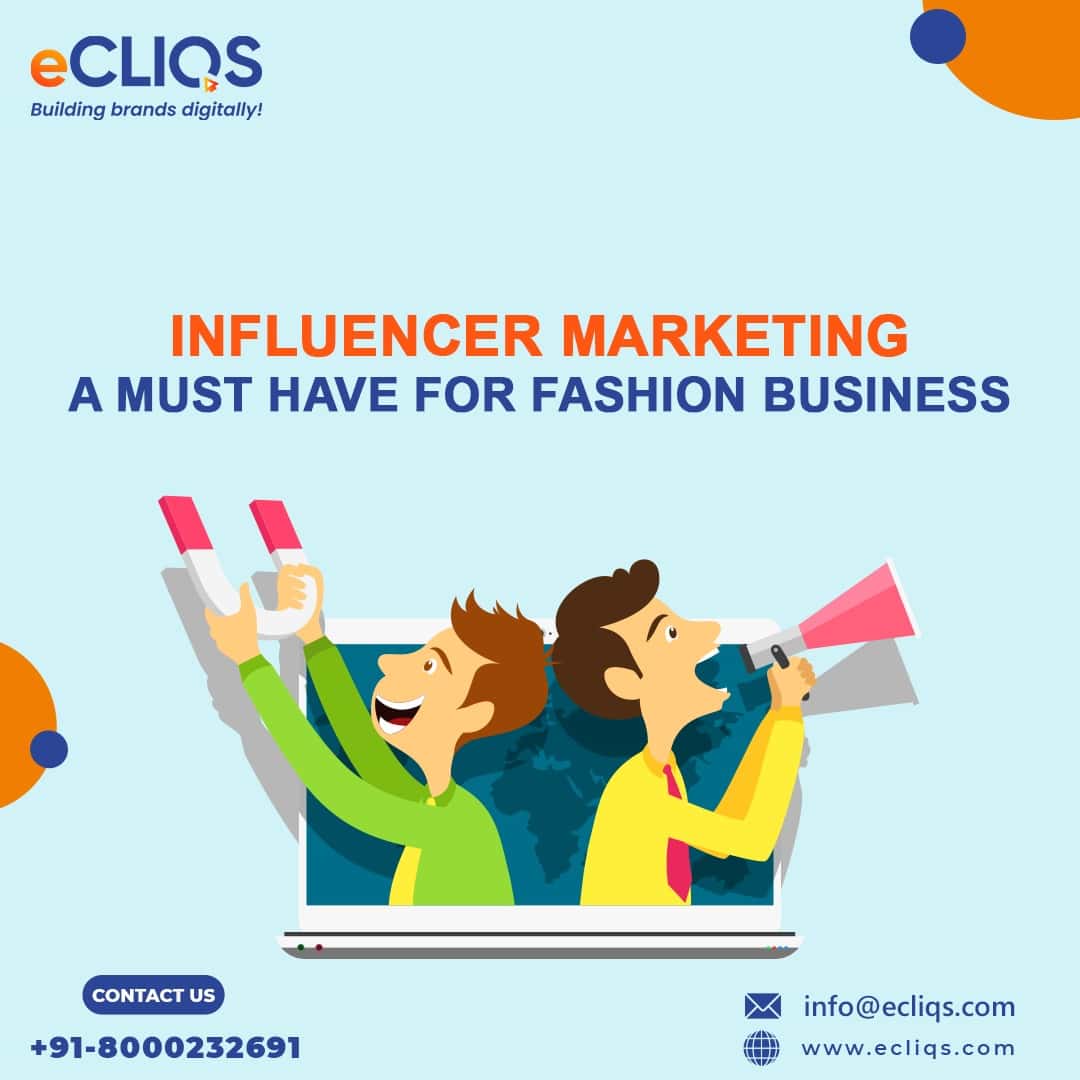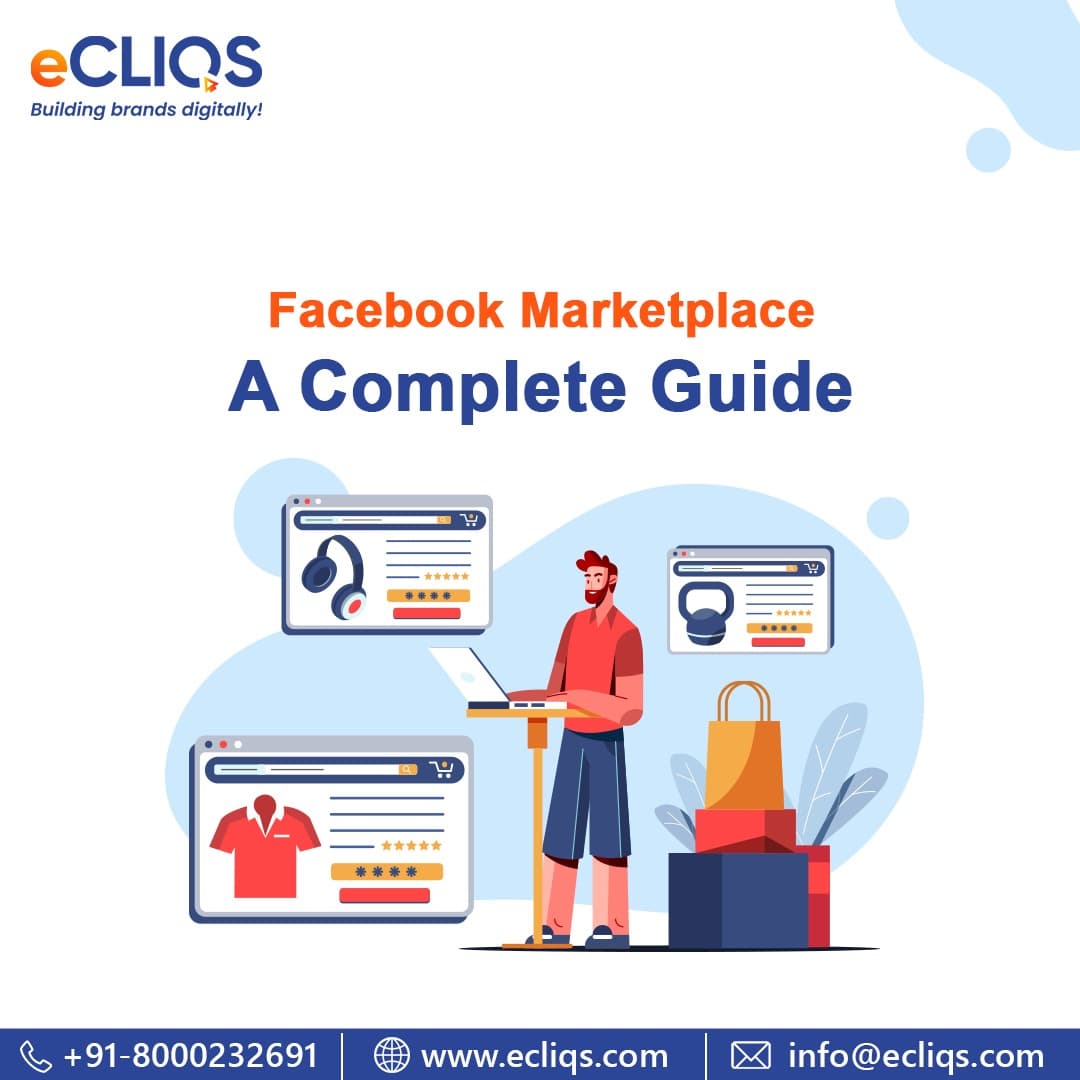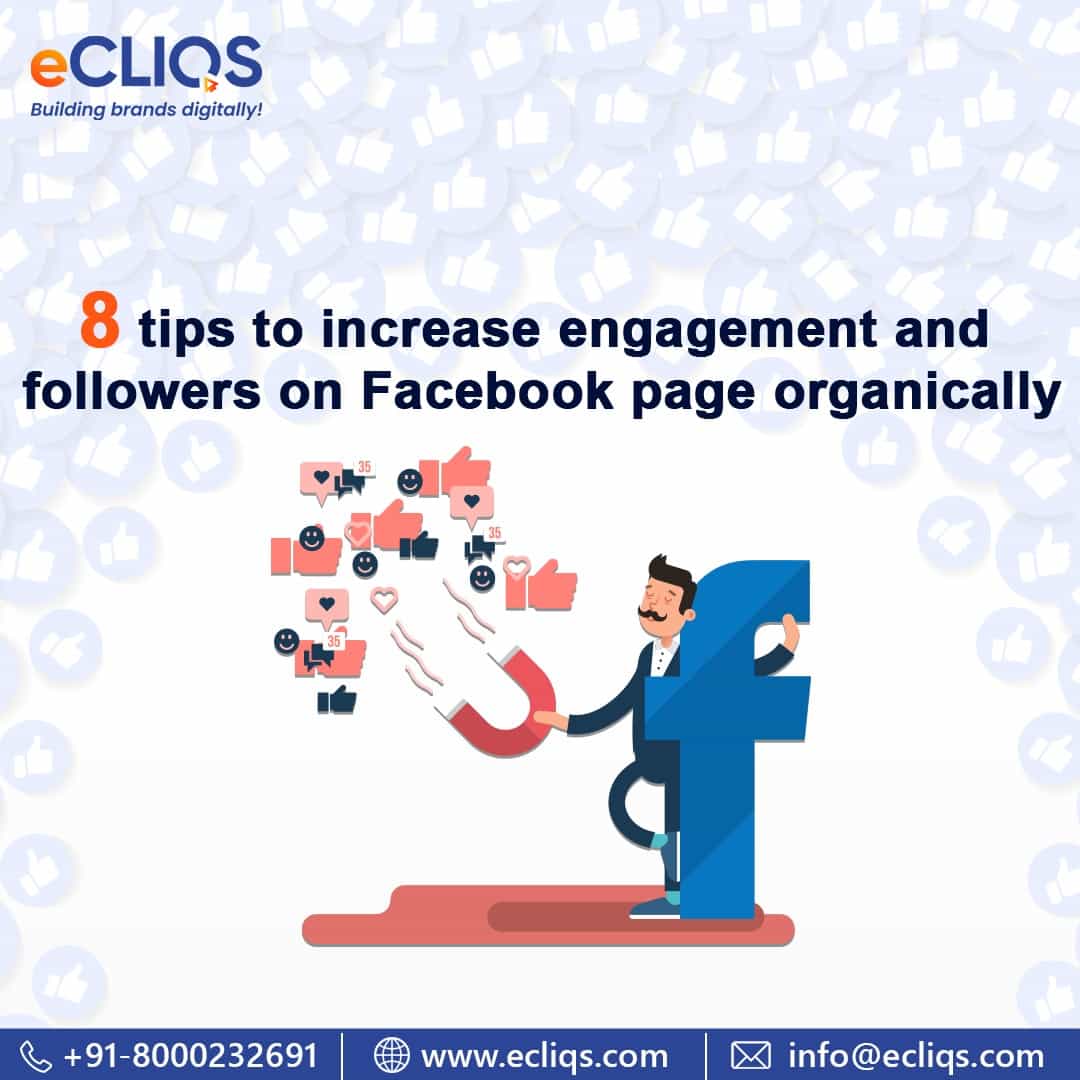How to Build a Powerful Influencer Marketing Strategy in 2023?
The importance of influencers and influencer marketing on social media is growing as digital marketing develops.Influencer marketing has quickly become an integral aspect of the marketing strategy for many brands. For brands to maximise the effectiveness of their influencer...
Types of Conversions Ads on Facebook
There are 2.9 billion people who use Facebook each month, ranging from college students and young professionals to seasoned executives and stay-at-home moms.Even if your target audience hangs out there, free advertising won’t assist until you post anything of value....
10 Tips to Increase Followers on Instagram
Want more Instagram followers but don’t know where to begin?Some Instagram users choose to purchase followers or boost posts in an effort to get more visibility; however, these strategies are short-lived and may even backfire.Instagram has more than 2 billion active...
Influencer Marketing : A Must Have For Fashion Business
When compared to traditional advertising mediums like TV and magazines, fashion influencer marketing brings the runway to the consumer. Brands no longer need supermodels to promote their products; ordinary people can be the faces of effective social media campaigns.The...
Facebook Catalogue ads – A Complete Guide
Getting your products and brand in front of new audiences and re-engaging existing ones is the holy grail of marketing.Integrating your online store with Facebook’s Product Catalogue in Business Manager is one option.In this post, we’ll discuss the benefits of...
8 Tips for Instagram Marketing
Instagram has over 1 billion active users each month, making it the ideal platform for reaching a massive audience. Instagram is the most frequently visited social media platform, second only to Facebook, with users spending an average of 53 minutes each day there.Instagram...
Facebook Marketplace – A Complete Guide
Facebook Marketplace, launched in October 2016, is a local online marketplace where users can buy and sell new and used goods. Fifty nations worldwide utilize the Facebook Marketplace to purchase and sell goods. As a result, marketers may use it to increase conversions and...
A Complete Guide to Instagram Ads
Regardless of the size of a business, Instagram provides a wealth of options to connect with customers. However, as more businesses join Instagram, it will be more difficult to stand out in the crowd.With Instagram, it’s easy to connect with people who share your...
Influencer marketing – A Complete Guide
According to The shelf, 92% of customers go with the recommendation from other people. Consumers trust recommendation over promotional content that comes directly from companies. In the recent years, we all have seen how the use of social media has increased. Popular...
8 Tips to Increase Engagement and Followers on Facebook Page Organically
Engagement on Facebook has dropped by 20% since the beginning of 2017, as reported by BuzzSumo. Despite being the most popular Social media platform, this downfall can surely give sleepless nights to any social media marketer. To tackle this constant decline in engagement and...












